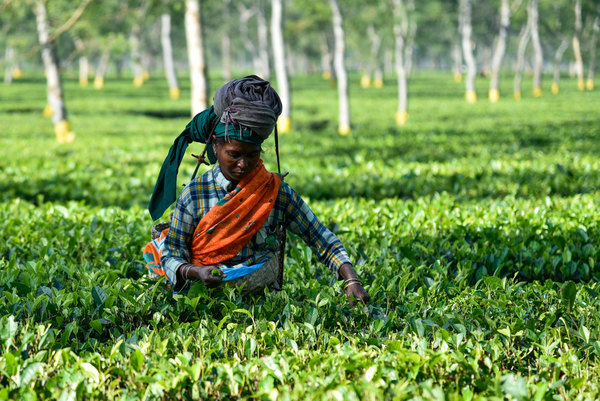The joys of biological containment
The foot and mouth disease outbreak near Pirbright in the UK and the associated issues of biological containment have brought back for me the time I spent working in a (different) biological containment lab >10 years ago. What did we do to contain the organism?
Highlighting the use of evidence
I spotted this blog article on Friday morning and sent it on to one of my colleagues, and soon it was sent around all the blog team here at CABI. This whole topic of the use of an icon/logo to highlight the use of peer-reviewed evidence has caused a great deal of discussion and a…
What do you know about biodiversity?
(Fischer, A.; Young, J. C., 2007) What do you know about biodiversity? Would you like to be more involved in biodiversity management policies in your local area? Biodiversity is a hot topic in environmental sciences and policy, often linked with a growing awareness of the need for sustainability and conservation of a species-rich and diverse…
Biosecurity: who will guard the guardians?
The recent outbreak of foot and mouth disease in UK, possibly from a neighbouring laboratory working on vaccines for the disease, has raised the question of biosecurity in micro-organism research and the risks to the health of people, animals and plants. The Initial report on potential breaches of biosecurity at the Pirbright site 2007, by…
Disgusted of Tunbridge Wells: TB complacency is not acceptable
This is about TB or more precisely Extremely Drug Resistant Tuberculosis (XDR-TB). It’s the kind of “reaction rant” you can find in the columns of the UK’s newspaper The Times (hence the title) but with a difference: I have CABI’s Global Health database to back me up. The contextTB first became multidrug resistant (MDR-TB) in…
A parasite that affects the mind
A colleague recently drew my attention to a study1 entitled ‘Is Toxoplasma gondii a potential risk for traffic accidents in Turkey?’; it appears that it is, which lends support to the idea that it is a more significant public health problem than it is often thought to be. T. gondii is a protozoan parasite whose…
Foot and mouth: back again?
As soon as I heard the news on Saturday (4 August) that foot and mouth disease had returned to the UK, being found in a herd of cattle near to Guilford, I thought “That’s suspiciously close to the Pirbright Laboratory.” The Institute of Animal Health (IAH) has for a long time been a world centre…
Consultation on proposed EU Soil Framework Directive
The EU proposed a Framework Directive for Soils in September 2006, after a consultation with member states discovered that only nine had legislation to protect against soil degradation. This directive lays down a framework within which Member States must introduce domestic law and policy to protect their soils from various threats and ensure remediation of…
Why should we? – India and China won’t
As well as blaming people for building/buying on floodplains (we all need somewhere to live and 10% of total land in England lies within areas of flood risk) people can reduce the impact of heavy rainfall by installing water butts to capture runoff and by providing plenty of permeable surfaces around their property. Built up…
Two pints of lager and a tin of sardines
Here’s one for the pub this weekend: omega-3 fortified Bacardi Breezers, or maybe a Tropical Reef with the rest of the aquarium thrown in? Make mine an old-fashioned snowball made with omega-3 fortified eggs


